Lolita Fashion 101: What is a Salopette & Are They Lolita?
If you go over to lolibrary and click on the drop down for item types, one of the options is “Salopette”. But what is a salopette? Where did they come from? And why do some people say they are or aren’t lolita?
A salopette is a garment that typically consists of shorts or a short skirt with an overall bib and adjustable straps. Basically, it’s similar to what Americans call overalls. But that’s just the most basic definition, and it’s changed a bit over the years.
The oldest salopettes in lolibrary are from 2006 and were made by Alice and the Pirates.
These salopettes (and they were specifically called salopettes, the term was just converted into Japanese characters: サロペット / Saropetto ) are basically long shorts / shorter pants with a high waist and straps +/- a ruffle flap at the waist. A very similar piece was put out by Metamorphose the year before (2005) and simply labeled as a pair of pants. These Salopettes / pants were clearly made for ouji, and aren’t particularly exciting or out of the norm for ouji fashion. In short, while the name salopette was used, they aren’t really that remarkable in substance. Salopettes would continue to be essentially normal ouji pieces for a few years.
And then, in 2009 we see something totally new.
Angelic Pretty put out a handful of garments in 2009 that were labled salopettes, and Baby put out one. There are two types here. Type one is only put out by AP and it’s basically fancy bloomer shorts with a miniskirt that goes over top or is interchangeable and a button off bib. This is sort of similar to the apron skirts which had been around for years, but, the look and feel of it is much less maid and much more romper.
The other style, which was also put out by Baby the Stars Shine Bright is a drop-waist garment with a loose fit and a miniskirt. Now, AP and other brands put out other miniskirt JSKs with a drop waist, one of my favorites, Dream Magic, is also from 2009, but those were more fitted, where as the salopettes are more baggy and more casual in feel.
Aside from the BTSSB one here, most of these honestly feel like, well, actual children’s clothing, way more than actual lolita clothing usually does.
So what was going on in 2009 that ushered us into the age of the salopette? Well, the fairy-kei style and brands like 6%DokiDoki (established 1996), Nile Perch (33+ years old) and SPANK! (established 2004) were seeing a surge of popularity.
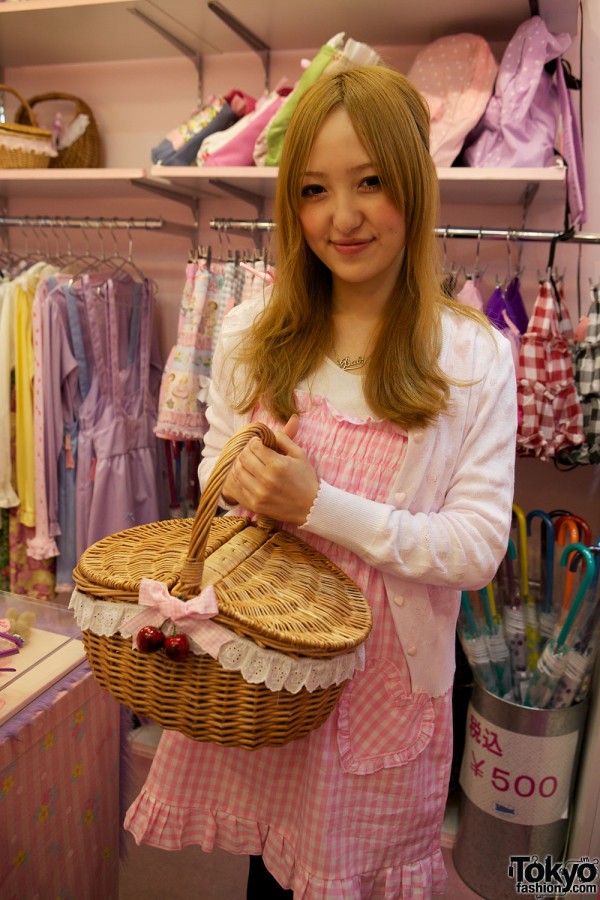
If you look at the clothing on the rack behind this Nile Perch shop girl from this great 2011 article about the brand written by TokyoFashion.com, you can see a plethora of short, pastel, casual, baggy pieces with a strong children’s clothing influence.
Angelic Pretty was already making cutsews, jewelry, bows and other items that fit in perfectly with the fairy kei aestetic. We have to assume that they were attracting customers who wore fairy kei, and that there was probably some cross over between people who wore lolita and people who wore fairy kei.
So, branching out into making casual salopettes, aka romper-style overalls and skirts that didn’t strictly need a petticoat, is an obvious way to diversify what the brand is offering.
By 2010, we see the silhouette firming up towards the baggy overall skirt style, without the detachable parts.
And 2012 brings us an explosion of cute border prints in the same baggy salopette style, which has continued to be popular until this day.
There was also a separate side-trend of salopettes where they are short-style ones in lighter drab colors like beige and cornflower blue, which echoed the trend for rompers, particularly in Japanese and Korean street fashions a few years back, but that trend is more popular with Otome brands, and wasn’t really adopted long term by Japanese brands, but those weren’t super popular and kind of fizzled out, where as the sweet style ones have continued and expanded to indie lolita brands in China and other countries as well.
But are Salopettes Lolita?
The answer is a resounding… maybe? The sweet, romper style salopettes made their way into lolita due to their popularity in other street fashions like fairy kei, but, they have persisted in lolita fashion shops for almost a decade now. They come in all sorts of different sweet prints and they follow the same aesthetic as other items from the sweet brands that produce them… they just are shaped a little differently.
So, while you could argue that they aren’t textbook lolita, they also aren’t specifically not part of the world of lolita fashion.
In the end, I think it comes down to how we define lolita, and individual opinion. Lolita is a street fashion, after all, and as such, it can’t be quantitatively defined. There is no ruling body that determines what is and isn’t lolita, it changes and grows and becomes what it is based on how the people who identify as wearers of lolita fashion dress themselves.
I think the way in which we are introduced to lolita fashion impacts things a lot as well. In Japan, street fashion is frequently more brand centric than it is in the west. A person might be a fan of a specific boutique or a specific designer and wear things from that shop, or dress like people they see in the shop. Like being a fan of “Nike”.
Where as in the west, we tend to pick apart Jfashion styles more scientifically, we define them as a collection of rules. And while we might value Brand, we identify more with the style name than with a single brand. Like being a fan of wearing athletic wear.
Lolita brands have to compete and survive in a niche of the fashion world, with steep competition, and, as I stated above, diversifying their offerings is just smart business.
So, for someone in the west, who defines lolita very strictly as a fashion that must follow the rules of the “perfect” example of a lolita outfit, salopettes may not fit into those rules. Other casual items like miniskirts, cutsew OPs and pullovers from lolita brands might not fit into their definition of lolita either.
But for someone with a more flexible definition of what is lolita, who includes more of those things that float in the gray area between “strictly lolita” and “strictly not lolita”, they might look at a salopette and see an item that has persisted in the shops of those lolita brands for 10 years, that follows the general aestic, and can be coordinated with items which also come from lolita brands and decide that they “count”.
At the end of the day, I think the most important thing about salopettes is not if they are or aren’t lolita, but acknowledging that they are their own item of clothing and coordinating them accordingly. Many salopettes are made to fit loosely, and be worn casually. I tend to think of them as being one of the options that a lolita might wear on a day when she wants to dress a little more casually, perhaps with some more sensible cute shoes, and maybe not have to worry about a bulky petticoat.
What do you think about Salopettes? Are you a fan? Let me know in the comments below!
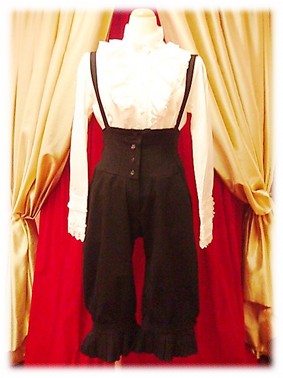
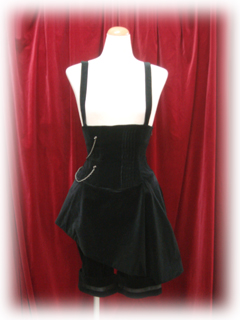
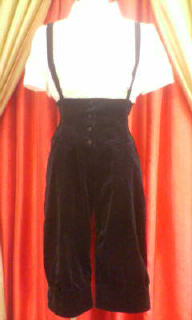
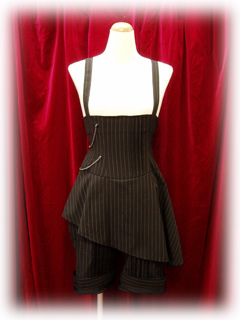
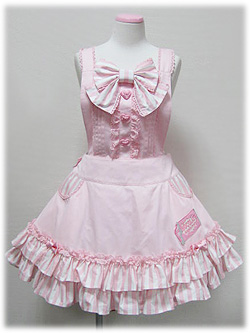

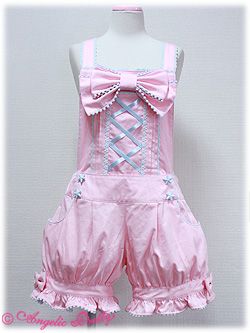
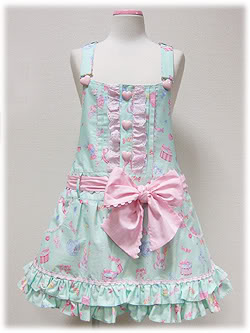
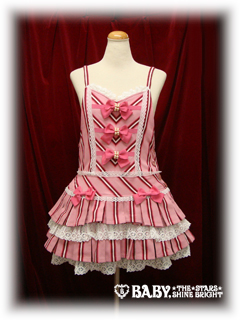
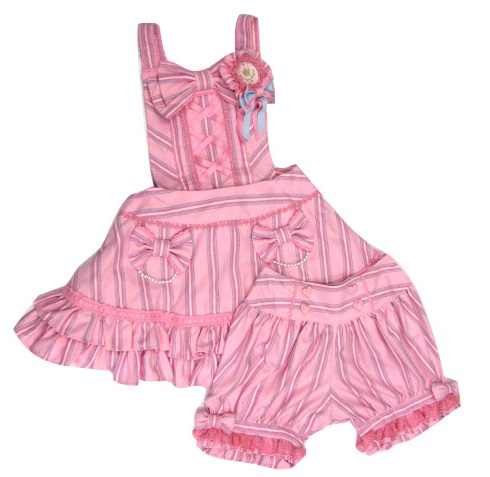

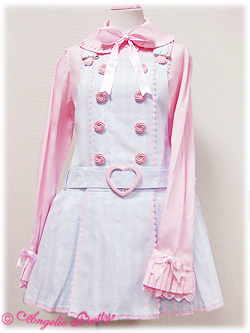
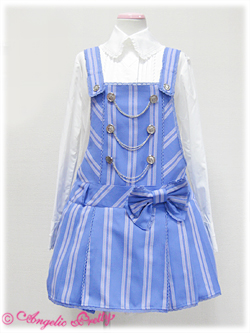
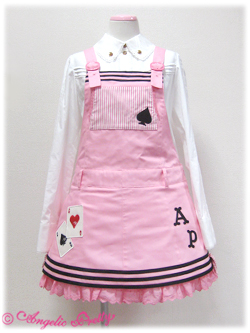

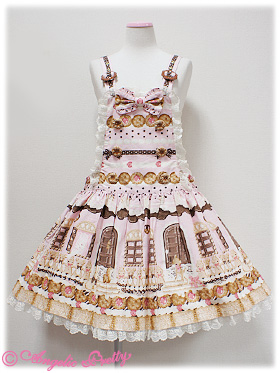
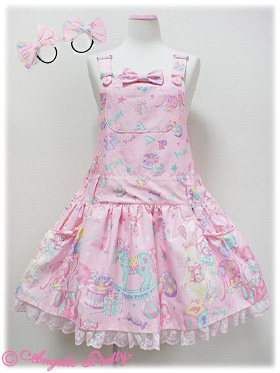
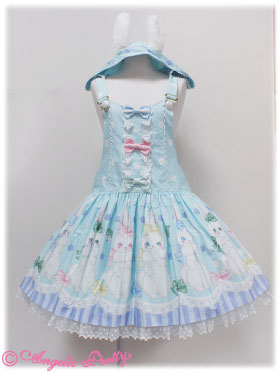
I’ve always thought salopettes were so cute, but geared more towards fairy kei–at least that was the case back in 2010 anyways. Nowadays fairy kei has seen a significant decline in popularity like you mentioned, but salopettes are still around, and probably a great alternative to lolita without completely losing the aesthetic.
Some can still fit a petti, but even if they can’t, can be coorded like a regular lolita coord (or can if you’re short enough) so in my opinion, as long as they’re coorded properly, I think they can definitely fall under the idea of casual lolita.
I’ve always wanted some but I’m 5’7″ and it’s just.. Not going to happen. Maybe one day I’ll get one and make some detachable lace to tack inside the skirt, but as most of them are by default they wouldn’t even cover my full ass. orz Definitely most embarrassing behavior!
I know this comment is old and you probably won’t see thus but, don’t let your dreams be just dreams! I’m 5’7″ and I wear salopettes regularly and they always cover my ass, they look super cute with peeking bloomers if youre worried about modesty, and they really accentuate having long legs and a tall figure, you should try it out!
On the whole, I agree with you on the ‘it can be both’ verdict about salopettes. To me whether they work for a lolita coordinate that aims to adhere to the ‘rules’ depends mostly on the salopette’s length – some are longer, like the Marshmallow Bunny one, while others are very much minis, like the Toy parade one. In theory both could support a petticoat (of the right length), but one would still be pretty much knee-length, while the other one would leave your thighs exposed. And all that depending on your own height too. The analogy to Nike fan vs athletic wear fan was a great one for this, so I might use that in the future.
On a strictly personal level, I don’t think salopettes are for me. It’s not something I ever wanted to wear (and I have that with the current return of dungarees into fashion too), since it’s more cutesy than the style I go for both in and out of lolita. And I guess that because I don’t see myself wearing salopettes, I’m also less inclined to try to tell someone else whether they are lolita or not? Wear it if it makes you happy and if you tag it as lolita fashion on social media, even if it’s very short, I won’t be mad because it still achieves a J-fashion look and they come from brands that make lolita clothing. There are worse offences one could do in our community. 🙂
That was a great recap! I am sort of rethinking my opinion about salopettes now!
Interesting article about salopettes, thanks for writing about them.
I like Angelic Pretty’s salopettes and I was wondering how they came about.